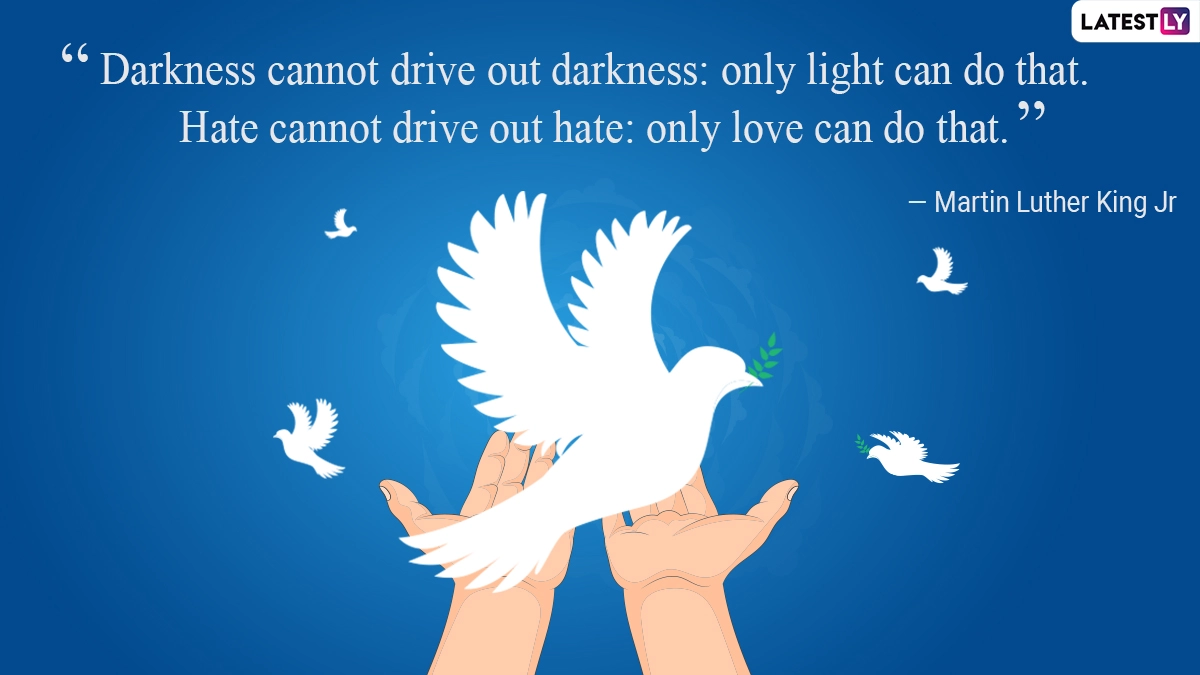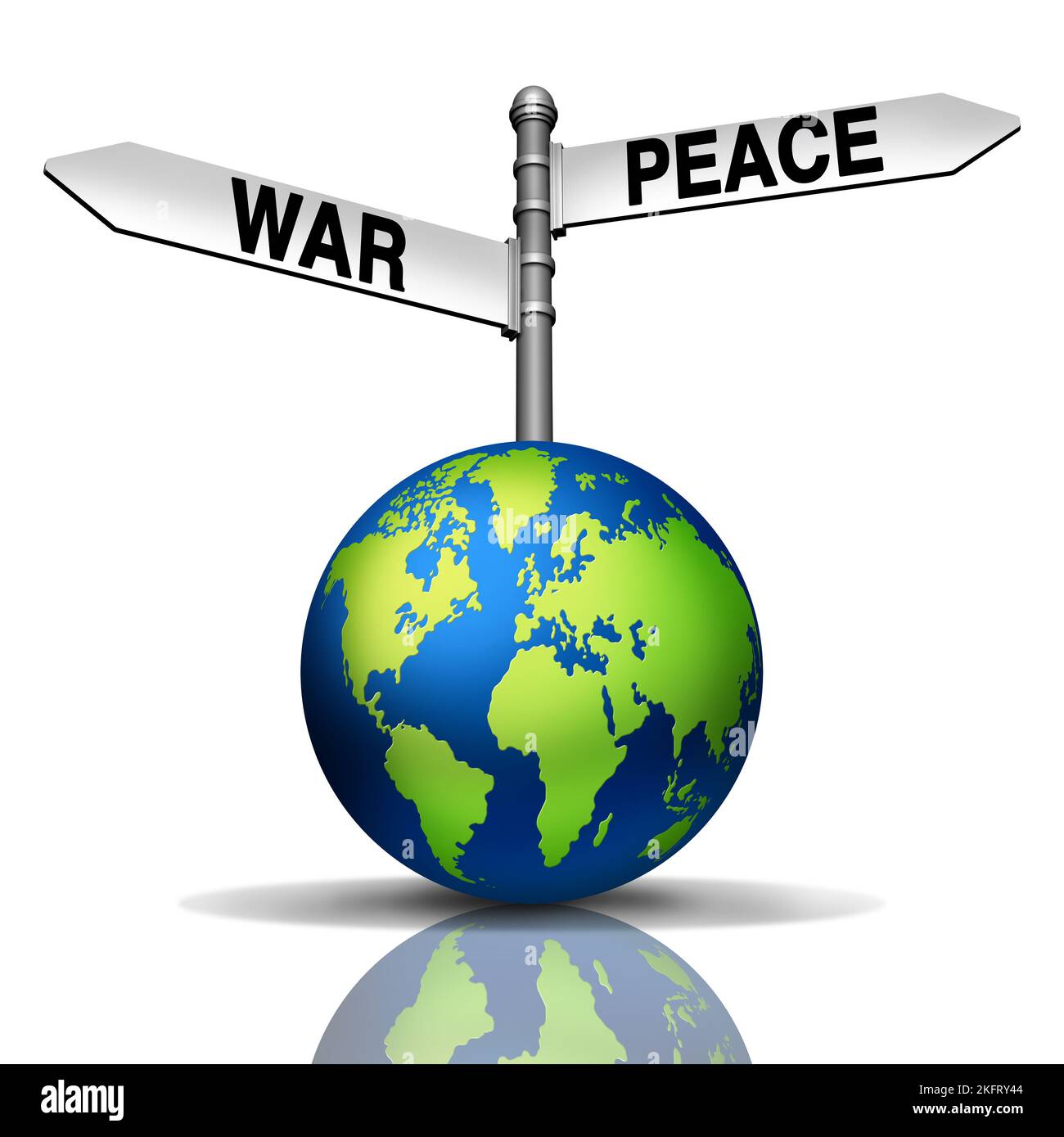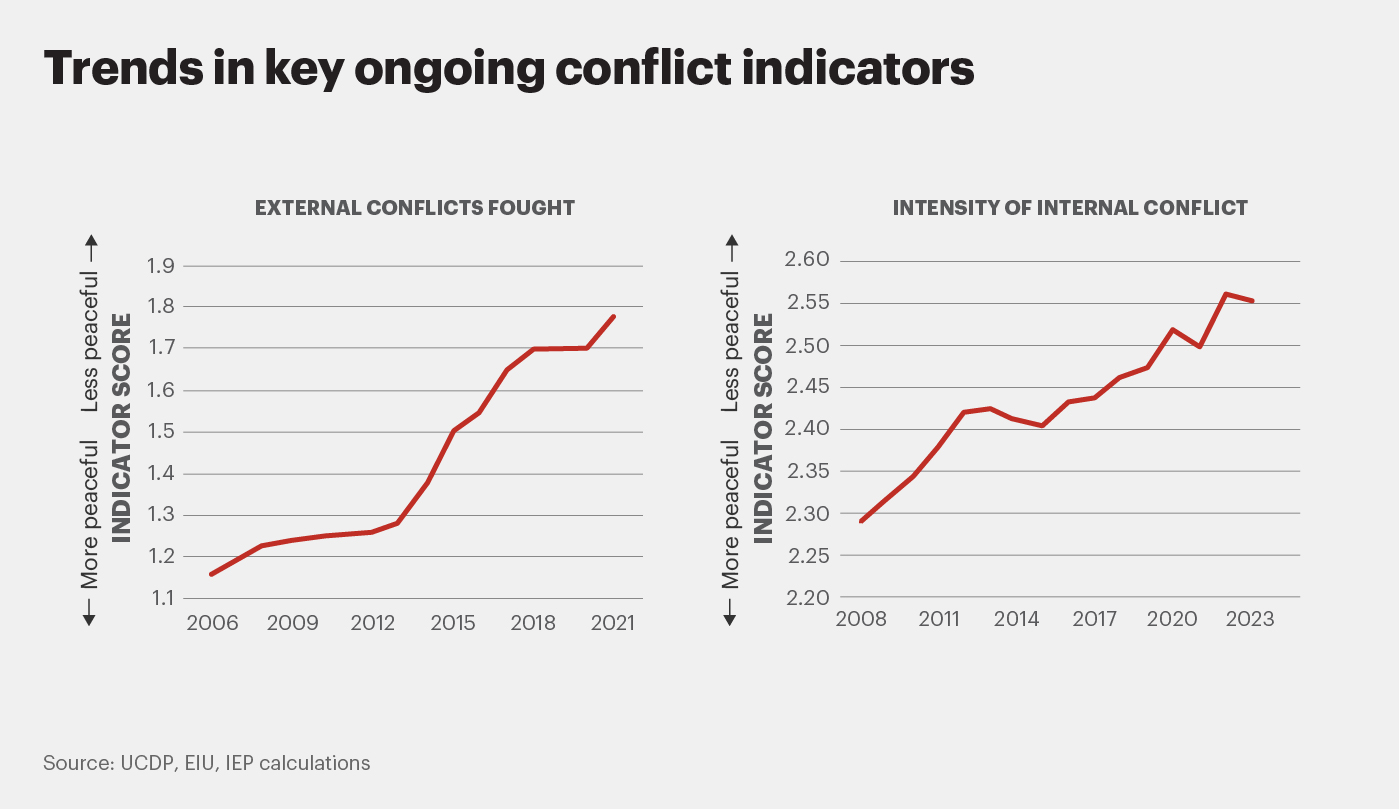The Elusive Embrace: Understanding Peace in a World of Conflict

Peace, a word often invoked, yearned for, and yet so frequently absent, remains one of humanity’s most persistent aspirations. It’s more than just the absence of war; it’s a complex and multifaceted state encompassing social justice, economic equality, environmental sustainability, and psychological well-being. Understanding the intricacies of peace requires delving into its various dimensions, exploring the obstacles that hinder its realization, and examining the strategies and approaches that can pave the way towards a more peaceful world.
Defining Peace: More Than Just the Absence of War
The traditional understanding of peace often equates it with the absence of armed conflict, commonly referred to as negative peace. This concept, while crucial, is insufficient for achieving lasting and meaningful peace. Negative peace merely addresses the symptoms of deeper societal problems, leaving the underlying causes of conflict unaddressed.
Positive peace, on the other hand, goes beyond the cessation of hostilities and focuses on creating conditions that prevent conflict from arising in the first place. It emphasizes the presence of justice, equality, and sustainable development. It’s about building inclusive institutions, promoting human rights, ensuring equitable access to resources, and fostering a culture of dialogue and understanding. Positive peace is not merely the absence of violence, but the active presence of conditions that nurture harmonious and just relationships within and between societies.
The Dimensions of Peace:
To truly grasp the concept of peace, we must consider its various dimensions:
Political Peace: This encompasses the establishment of stable and just governance structures, respect for the rule of law, and the protection of political rights and freedoms. It involves ensuring democratic participation, promoting good governance, and addressing issues of corruption and political exclusion.
Economic Peace: This refers to the equitable distribution of resources and opportunities, the eradication of poverty, and the creation of sustainable economic systems that benefit all members of society. It entails promoting fair trade practices, investing in education and healthcare, and addressing income inequality.
Social Peace: This dimension emphasizes the promotion of social justice, equality, and inclusion. It involves combating discrimination and prejudice, fostering intercultural understanding, and ensuring that all members of society have equal access to opportunities and resources.

Environmental Peace: This recognizes the interconnectedness between human well-being and the health of the planet. It involves protecting natural resources, mitigating climate change, and promoting sustainable development practices that ensure a healthy environment for future generations.

Psychological Peace: This refers to the inner state of well-being and contentment that individuals experience when they feel safe, secure, and valued. It involves promoting mental health, addressing trauma, and fostering a sense of hope and optimism.

Obstacles to Peace:
The path to peace is fraught with obstacles, both internal and external. Understanding these challenges is crucial for developing effective strategies to overcome them.
Conflict and Violence: Armed conflicts, terrorism, and other forms of violence are major impediments to peace. They disrupt social and economic development, displace populations, and create a climate of fear and insecurity.
Inequality and Poverty: Extreme inequality and poverty can fuel resentment, social unrest, and conflict. When large segments of the population lack access to basic necessities and opportunities, they are more likely to resort to violence and other forms of disruptive behavior.
Discrimination and Prejudice: Discrimination based on race, ethnicity, religion, gender, or other factors can create deep divisions within society and lead to conflict. Promoting tolerance, understanding, and respect for diversity is essential for building peaceful societies.
Political Instability and Corruption: Weak governance, corruption, and lack of accountability can undermine trust in institutions and create opportunities for conflict. Strengthening governance structures and promoting transparency and accountability are crucial for building stable and peaceful societies.
Climate Change and Environmental Degradation: Climate change and environmental degradation can exacerbate existing inequalities, displace populations, and create new sources of conflict. Addressing these environmental challenges is essential for ensuring long-term peace and stability.
Historical Grievances and Trauma: Unresolved historical grievances and trauma can fuel cycles of violence and prevent reconciliation. Addressing these issues through truth and reconciliation processes is essential for healing and moving forward.
Ideological Extremism: Extremist ideologies that promote violence and intolerance can undermine peace and stability. Countering these ideologies through education, dialogue, and engagement is crucial for preventing radicalization and promoting peaceful coexistence.
Pathways to Peace: Strategies and Approaches:
Despite the many challenges, there are numerous strategies and approaches that can pave the way towards a more peaceful world.
Conflict Prevention and Resolution: Investing in conflict prevention mechanisms, such as early warning systems and mediation efforts, can help to avert violent conflicts before they erupt. When conflicts do occur, effective conflict resolution strategies, such as negotiation, mediation, and arbitration, can help to bring them to an end.
Peacebuilding: Peacebuilding involves a range of activities aimed at addressing the root causes of conflict and building sustainable peace. This includes promoting good governance, strengthening civil society, supporting economic development, and fostering reconciliation.
Education for Peace: Education plays a crucial role in promoting peace by fostering critical thinking, empathy, and respect for diversity. Peace education programs can help to challenge prejudice and stereotypes, promote intercultural understanding, and equip individuals with the skills and knowledge they need to build peaceful societies.
Promoting Human Rights and the Rule of Law: Upholding human rights and ensuring the rule of law are essential for building just and peaceful societies. This involves protecting freedom of expression, assembly, and association, ensuring access to justice, and holding perpetrators of human rights abuses accountable.
Strengthening International Cooperation: Addressing global challenges such as climate change, poverty, and terrorism requires international cooperation. Strengthening international institutions and promoting multilateralism are essential for building a more peaceful and sustainable world.
Empowering Women and Marginalized Groups: Empowering women and marginalized groups is crucial for building inclusive and peaceful societies. Women’s participation in peace processes and decision-making can lead to more sustainable and equitable outcomes.
Addressing Trauma and Promoting Healing: Addressing trauma and promoting healing are essential for breaking cycles of violence and fostering reconciliation. This involves providing mental health services, supporting truth and reconciliation processes, and creating opportunities for dialogue and forgiveness.
Promoting Interfaith Dialogue and Understanding: Interfaith dialogue and understanding can help to bridge divides between different religious communities and promote peaceful coexistence. This involves fostering respect for different beliefs and traditions, encouraging dialogue and collaboration, and addressing religious intolerance and extremism.
The Role of Individuals:
While governments and international organizations play a crucial role in promoting peace, individuals also have a responsibility to contribute to this effort. We can all promote peace in our own lives by:
Practicing empathy and compassion: Trying to understand the perspectives of others, even those with whom we disagree, can help to build bridges and foster understanding.
Challenging prejudice and discrimination: Speaking out against prejudice and discrimination whenever we encounter it can help to create a more just and equitable society.
Promoting dialogue and understanding: Engaging in respectful dialogue with people from different backgrounds can help to break down stereotypes and build relationships.
Supporting peace organizations: Donating to or volunteering with peace organizations can help to support their work in conflict prevention, peacebuilding, and education.
Living sustainably: Reducing our consumption and adopting more sustainable lifestyles can help to protect the environment and prevent resource conflicts.
Conclusion:
Peace is not a utopian dream, but a tangible goal that can be achieved through concerted effort and commitment. By understanding the complexities of peace, addressing the obstacles that hinder its realization, and embracing the strategies and approaches that can pave the way forward, we can create a world where all people can live in dignity, security, and harmony. The pursuit of peace is a collective responsibility, and it requires the active participation of individuals, communities, governments, and international organizations. Let us all commit to working together to build a more peaceful and just world for ourselves and for future generations.
Frequently Asked Questions (FAQ):
Q1: What is the difference between negative peace and positive peace?
A: Negative peace is the absence of war or direct violence. Positive peace goes beyond that to include the presence of social justice, economic equality, and other factors that prevent conflict from arising in the first place.
Q2: What are some of the biggest obstacles to achieving peace?
A: Some major obstacles include conflict and violence, inequality and poverty, discrimination and prejudice, political instability and corruption, climate change and environmental degradation, historical grievances and trauma, and ideological extremism.
Q3: What can individuals do to contribute to peace?
A: Individuals can contribute by practicing empathy and compassion, challenging prejudice and discrimination, promoting dialogue and understanding, supporting peace organizations, and living sustainably.
Q4: Is peace possible in a world with so much conflict?
A: While achieving complete and lasting peace is a complex challenge, it is a goal worth striving for. By addressing the root causes of conflict and promoting peacebuilding efforts, we can create a more peaceful and just world.
Q5: What is the role of education in promoting peace?
A: Education plays a crucial role by fostering critical thinking, empathy, and respect for diversity. Peace education programs can challenge prejudice and stereotypes, promote intercultural understanding, and equip individuals with the skills and knowledge they need to build peaceful societies.
Q6: How does climate change affect peace?
A: Climate change can exacerbate existing inequalities, displace populations, and create new sources of conflict over resources like water and land. Addressing climate change is essential for ensuring long-term peace and stability.
Q7: What is peacebuilding?
A: Peacebuilding involves a range of activities aimed at addressing the root causes of conflict and building sustainable peace. This includes promoting good governance, strengthening civil society, supporting economic development, and fostering reconciliation.
Conclusion:
The pursuit of peace is a continuous journey, not a destination. It requires unwavering commitment, persistent effort, and a willingness to learn and adapt. By understanding the multifaceted nature of peace, addressing the root causes of conflict, and embracing the strategies and approaches outlined above, we can move closer to a world where all people can live in dignity, security, and harmony. Let us all embrace our individual and collective responsibility to build a more peaceful and just world for ourselves and for future generations. The elusive embrace of peace may be challenging to attain, but its pursuit is the most worthwhile endeavor humanity can undertake.


